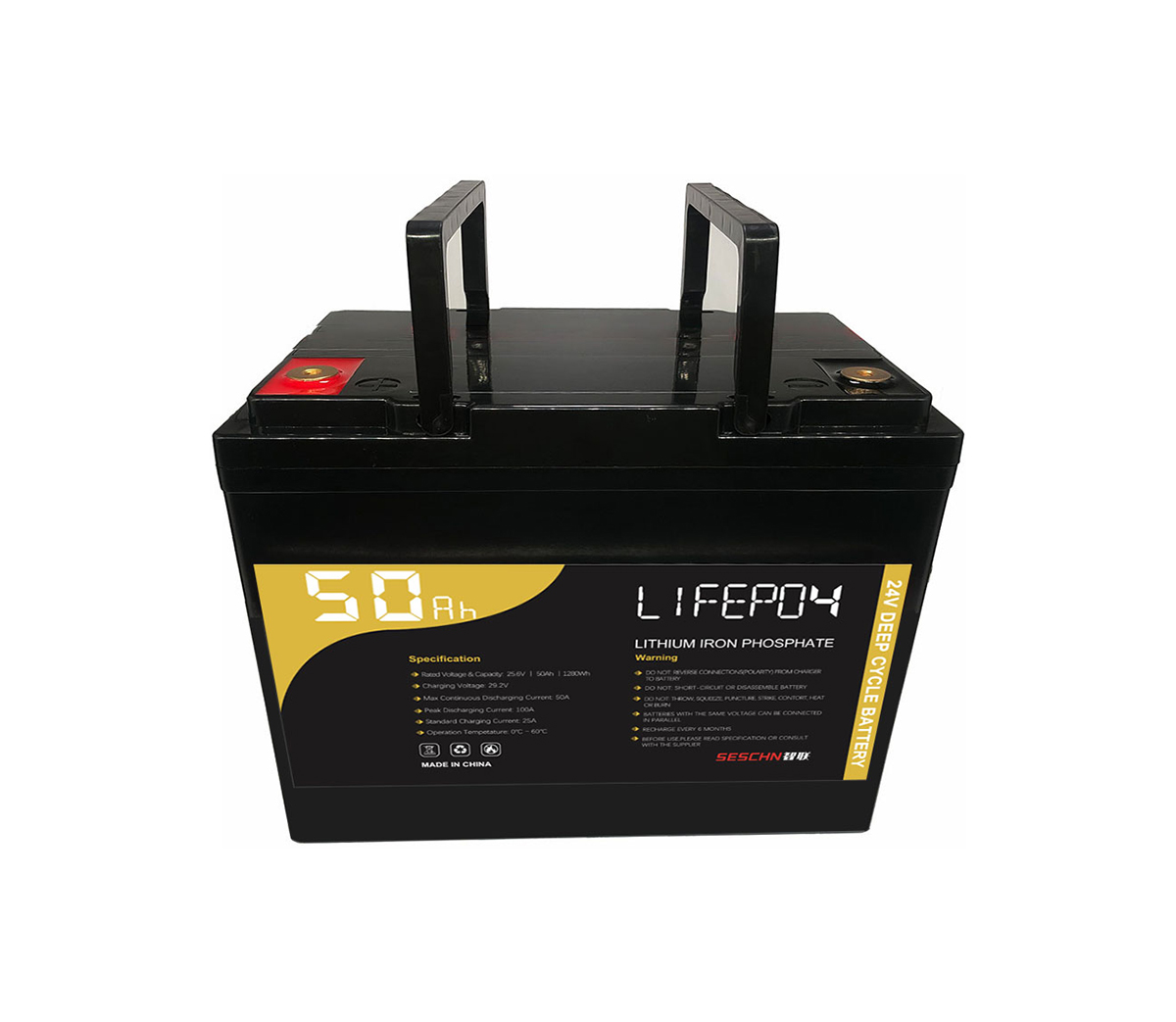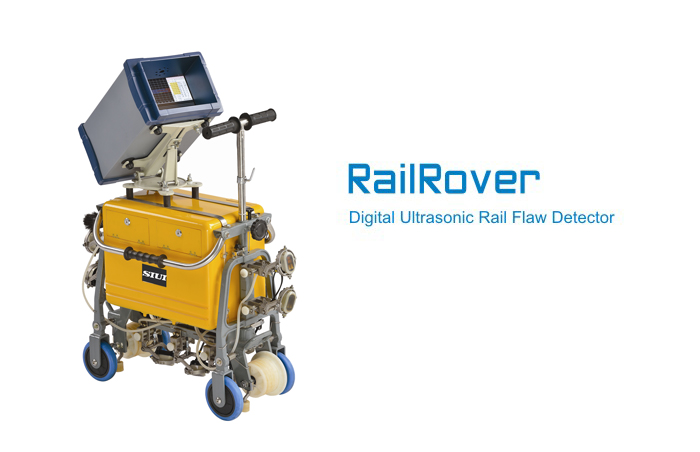Current Status and Prospects of Lithium Battery Material Technology
Market
Driven by both policies and the market, power batteries will inevitably
develop in the direction of high energy density, high cycle performance, and
high safety performance. This requires research institutions and enterprises to
make improvements in cathode materials, anode materials, and electrolytes.
Thanks to the development of new energy vehicles, power batteries are at
the forefront of rapid development, and the development of new energy vehicles
has continuously put forward higher requirements for the performance of power
batteries. The "Action Plan for Promoting the Development of the Automotive
Power Battery Industry" puts forward, By 2020, the specific energy of the new
lithium-ion power battery cell will exceed 300wh/Kg, and by 2025, the specific
energy of the power battery cell of the new system will reach 500wh/Kg. Under
the dual drive of policy and market, power batteries will inevitably develop in
the direction of high energy density, high cycle performance, and high safety
performance. This requires research institutions and enterprises to make
improvements in cathode materials, anode materials, and electrolytes.
Solid-state batteries, silicon-carbon anodes, high-nickel ternary materials, and
lithium-rich manganese anodes are considered to be the mainstream technology
routes developed by enterprises in recent years. Lithium-rich manganese-based
cathode: an ideal material with less precious metal content. The technical goal
of a single battery in 2025 is to achieve a specific energy of 400Wh/kg. The
development of more efficient and energy-saving new cathode materials to
overcome and replace the existing defective cathode materials becomes Research
hotspots. Among the known cathode materials, the specific discharge capacity of
lithium-rich manganese-based cathode materials is more than 250 mAh/g, which is
almost twice the actual capacity of the current commercial cathode materials. At
the same time, this material uses the cheaper manganese element. Mainly, the
content of precious metals is small, compared with the commonly used lithium
cobalt oxide and nickel-cobalt-manganese ternary cathode materials, not only the
cost is low, but also the safety is good. Therefore, lithium-rich
manganese-based cathode materials are regarded as ideal materials for the next
generation of lithium power batteries. How long will it take to achieve
500wh/Kg? Overview of the development trend of lithium battery material
technology Many companies, including Dangsheng Technology, Jiangte Electric,
and AVIC Lithium, are stepping up the research and development of lithium-rich
manganese-based cathode materials. The Institute of Physics of the Chinese
Academy of Sciences has improved the voltage attenuation of lithium-rich
manganese-based cathode cycles, reaching the target of reducing the voltage
attenuation to less than 2% after 100 weeks, and has made significant progress.
For the first time, a team from Peking University has developed a lithium-rich
manganese-based positive electrode with a specific capacity of 400mAh/g, which
can reach the target of 400Wh/kg. At present, the full application of
lithium-rich manganese-based cathodes still has technical problems such as
reducing the first irreversible capacity loss, improving the rate performance
and cycle life, and suppressing the voltage attenuation during the cycle, which
need to be solved. High nickel ternary materials: 2018 is the first year of
development. According to the starting point research forecast, the output of
nickel, cobalt and manganese in 2018 will reach 47GWh, which will be 32% higher
than last year, while the output of lithium cobalt oxide will only be 19GWh,
only 5% higher than last year . Constrained by the scarcity of cobalt and the
continuous rise in the price of cobalt, battery companies actively promote the
high nickel of ternary materials and reduce costs by reducing the proportion of
cobalt in the battery. The content of cobalt molecules in NCM811 is only
6.06%. Nickel, cobalt and manganese materials have high energy density, stable
electrochemical performance, high capacity, low cost and other advantages. In
the future, they will gradually replace lithium iron phosphate and ordinary
ternary batteries. At present, companies such as Dangsheng Technology, Shanshan
Co., Ltd., and Beiterui already have the conditions for mass production of
NCM811, and 2018 is considered to be the first year of the development of
high-nickel ternary materials. Solid-state batteries: Solid materials replace
diaphragms and electrolytes. All-solid-state batteries are recognized in the
industry and academia as one of the mainstream directions for the next step in
battery development. How long will it take to achieve 500wh/Kg? Overview of the
development trend of lithium battery material technology On the one hand,
all-solid-state battery technology is the only way to miniaturize and thin-film
batteries. The volume of the diaphragm and the electrolyte together account for
almost 40% of the battery volume. If the diaphragm and electrolyte are replaced
by solid materials, the distance between the positive and negative electrodes
can be shortened to a few microns, and the thickness of the battery will be
greatly reduced. On the other hand, compared with ordinary lithium batteries,
the energy density of all solid-state batteries has been greatly improved, and
can reach 300-400Wh/kg, while lithium-ion batteries are generally 100-220Wh/kg.
High safety is also one of the important driving factors for the development of
all-solid-state batteries. From a safety point of view, traditional lithium
battery electrolyte is an organic liquid, which will oxidize and decompose to
produce gas at high temperatures, which is prone to combustion, which greatly
increases Unsafe. If the electrolyte is replaced by solid materials, the safety
performance of the battery will be greatly improved. At present, the polymer
solid-state battery developed by Qingdao Energy Institute has an energy density
of 300Wh/kg, and the inorganic solid-state lithium battery developed by Ningbo
Materials Research Institute has an energy density of 240Wh/kg. In addition, the
organization is cooperating with Ganfeng Lithium to advance Its
industrialization, the product plans to mass produce in 2019. In the industry,
leading battery companies, including Toyota, Panasonic, Samsung, Mitsubishi,
CATL, etc., have invested in R&D and deployed solid-state batteries.
Solid-state batteries are undoubtedly one of the mainstream technology routes in
the future, but there are still problems such as high cost, complex preparation
process, and immature technology. The overall rate performance of the battery is
low, the internal resistance is large, and the voltage drop during high-rate
discharge is large. Problems such as the unrealistic fast charging and other
issues also need to be solved urgently, and there is still a way to go to
achieve large-scale commercialization. Silicon carbon anode: Two to three years
will usher in an explosion. Silicon carbon material is currently the most
commercialized high-energy density new anode material. SPIR predicts that the
silicon carbon material industry will begin to be a large area of lithium
battery anode in the second half of 2018. The material stage is bound to usher
in a major explosion in the next two to three years, and the industry has a
broad prospect. How long will it take to achieve 500wh/Kg? Overview of the
development trend of lithium battery material technology. The ultra-high
theoretical energy density of silicon-carbon composite materials can
significantly increase the specific capacity of the monomer. In addition, it has
the advantages of low lithium extraction voltage and environmental friendliness.
It is considered to be an ideal negative electrode for the next generation of
graphite. Material. With the development of new energy vehicles continuously
putting forward higher requirements for the specific energy of power batteries,
graphite will gradually be replaced by silicon carbon anode materials in the
future. As of December 2017, the top 8 anode material companies in China are
basically increasing the expansion of silicon carbon material production
capacity, and there are also a number of new cross-industry entrants involved in
the layout of silicon carbon anode materials, and their new capacity will be
2018-2019 Started production successively. BYD, CATL, Guoxuan Hi-Tech, Beiterui,
Shanshan, Lishen, BAK, Wanxiang, etc. have all launched the layout of silicon
carbon anode materials. Although the current silicon-carbon anode materials
still have problems such as high cost, difficult technology, and imperfect
supporting industries, the prospects for large-scale applications are still
promising.


































